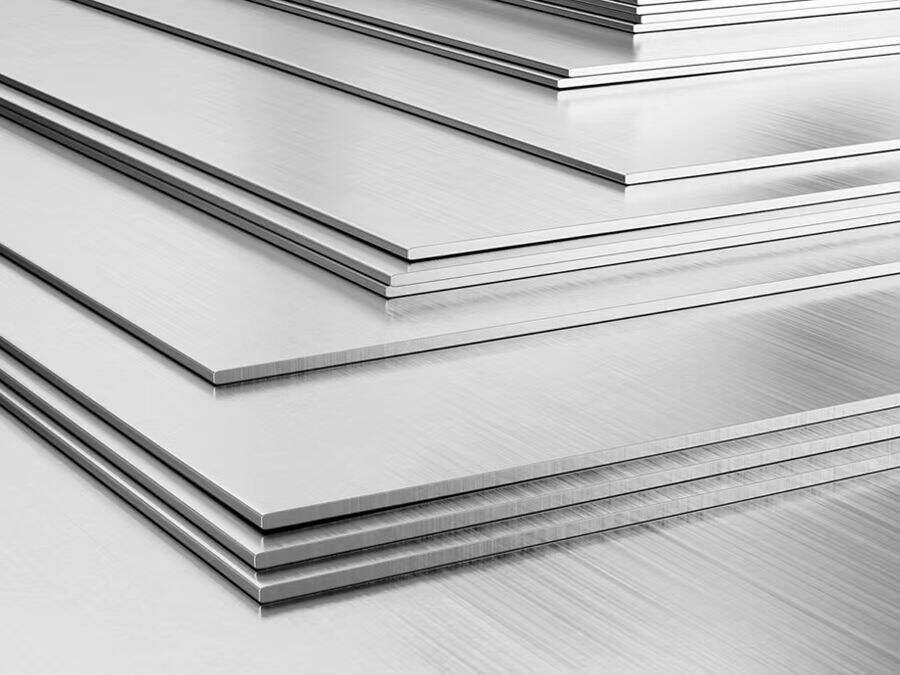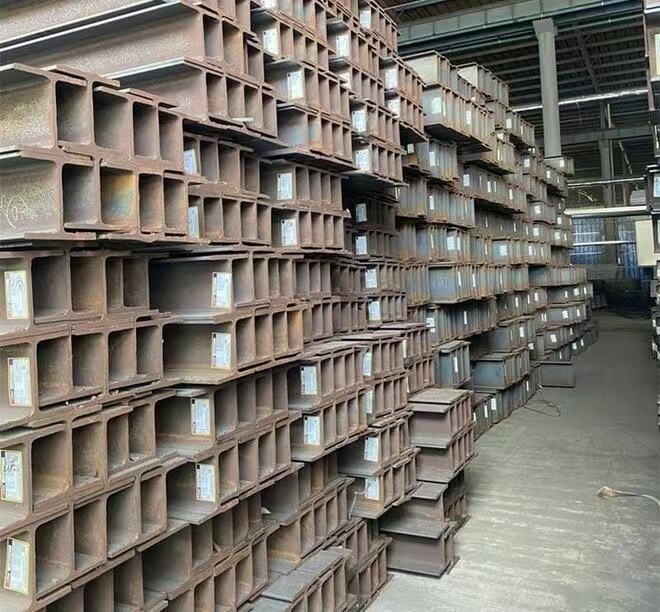cold rolled steel cost
Cold rolled steel cost represents a crucial consideration in manufacturing and construction industries, encompassing both the material expense and the specialized processing required. This type of steel undergoes additional processing beyond hot rolling, where the metal is processed at room temperature to achieve tighter tolerances and superior surface finishes. The cost structure typically includes base material expenses, processing fees, and finishing treatments. The price varies depending on factors such as thickness specifications, surface requirements, and volume orders. Cold rolled steel offers exceptional dimensional accuracy, making it ideal for precision applications in automotive components, appliance manufacturing, and construction materials. The process involves reducing the thickness of hot rolled steel through compression between high-powered rollers, resulting in a smoother surface and improved mechanical properties. Market fluctuations, raw material availability, and energy costs significantly influence the final pricing. Additionally, the enhanced strength and workability of cold rolled steel often justify its higher cost compared to hot rolled alternatives, particularly in applications requiring tight tolerances and superior finish quality.




